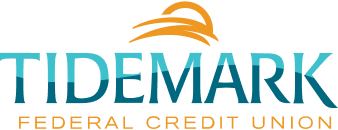The rate of return, after taxes, you could receive if you invested your closing costs and down payment instead of purchasing a home.
The actual rate of return is largely dependent on the types of investments you select. The Standard & Poor's 500® (S&P 500®) for the 10 years ending December 31st 2022, had an annual compounded rate of return of 12.6%, including reinvestment of dividends. From January 1, 1970 to December 31st 2022, the average annual compounded rate of return for the S&P 500®, including reinvestment of dividends, was approximately 10.7% (source: www.spglobal.com). Since 1970, the highest 12-month return was 61% (June 1982 through June 1983). The lowest 12-month return was -43% (March 2008 to March 2009). Savings accounts at a financial institution may pay as little as 0.25% or less but carry significantly lower risk of loss of principal balances.
It is important to remember that these scenarios are hypothetical and that future rates of return can't be predicted with certainty and that investments that pay higher rates of return are generally subject to higher risk and volatility. The actual rate of return on investments can vary widely over time, especially for long-term investments. This includes the potential loss of principal on your investment. It is not possible to invest directly in an index and the compounded rate of return noted above does not reflect sales charges and other fees that investment funds and/or investment companies may charge.



